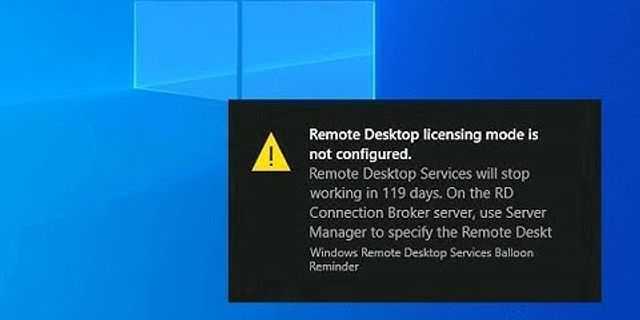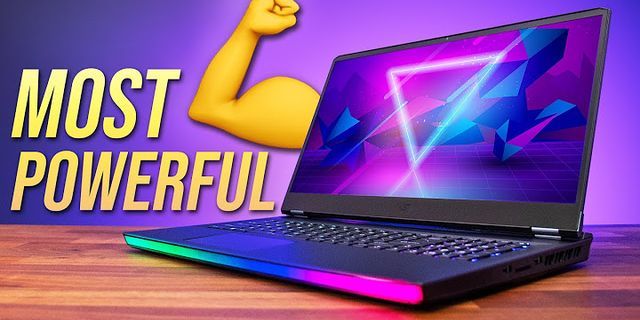Virtual Desktops are a feature typical to Windows 11/10 in which one can open multiple desktops at the same time and toggle between them using the ‘Task View’ option. The previous versions of Windows did not have this option. Show
Task View is a virtual desktop manager for Windows 11/10 and is launched, when you click on its button, next to the Search bar on the taskbar. Using this feature, you can create different arrangements of your running apps and open programs. You can create new Desktops, open different apps in each, work in each or any of them whenever you want, close the opened desktops when you finish work, etc. You can switch between applications, and you can also move an application from one desktop to another. This post will show you how to use Virtual Desktops in Windows. While Virtual Desktops are very helpful for multitasking, a few tips and tricks could make things easier. Virtual Desktop Tips & Tricks for Windows 1] Use a ‘Current Desktop’ indicatorWhen toggling between desktops on the task view, while it indicates the desktop number, it is still confusing to know which desktop you are currently using. This isn’t a problem with Linux, on which one can easily find out using a tray indicator. But there is no such option on Windows 10. Since an indicator is not available for Windows by default, a workaround could be used. Check the VirtualDesktopManager project on GitHub. Sign in to Github and click ‘clone or download’ on the top right. The software can be used as soon as the file is unzipped. Just double-click on the file VirtualDesktopManager.exe, and it will appear as an icon in the system tray. The icon will show the exact virtual desktop number you are working on. You could also set the application to default in the task manager so that it doesn’t have to be launched every time you start the system. 2] Use the precision touchpadFor Windows 11 laptops that have the precision touchpad, it could be used to swipe between the Virtual Desktops. The 2-finger touch in Windows 10 or 4-finger touch in Windows 11 helps with the same. To check if you have a precision touchpad and set up four-finger gestures, open Windows Settings and go to Bluetooth & devices > Touchpad. After that, click the Four-finger gestures option and select the gesture according to your wish. For your information, the default setting asks you to swipe right or left with four fingers on the touchpad. For Windows 10 laptops that have the precision touchpad, it could be used to swipe between the Virtual Desktops. The 2-finger touch helps with the same. To check if you have a precision touchpad, open the settings window by clicking on Start > Settings. Select the ‘mouse and touch-pad’ tab and it would mention if your device has a precision touchpad. 3] Organize your Virtual Desktops by functionalityOne question is why use Virtual Desktops at all? Various applications could remain pen and accessed as different tabs at the Taskbar at the bottom of the screen. Perhaps the best reason would be to organize work and avoid distractions. Eg. If I was to multi-task, I would open my work accounts on one Virtual Desktop, music on the second one and blogs on the third. 4] Launching a directory on a Virtual Desktop separatelyThis application called VDesk that is available as a command-line utility that could be very helpful in launching directories on Virtual Desktops. It could be downloaded from Github here. Again, this software doesn’t need to be installed. Once downloaded and extracted, the user can launch directories in virtual desktops using a command line in the command prompt. The syntax of the command line to launch would be as follows: vdesk [The Virtual Desktop Number] [Name of application/directory]Eg. To open Wordpad in Virtual Desktop number 2, the command line would be as follows: vdesk 2 wordpadIf the Virtual Desktop number is omitted, the application will open a new Virtual Desktop itself. Eg. The command vdesk wordpad will open Wordpad as a new desktop. TIP: See how you can move windows across Virtual Desktops on Windows 10. 5] Using keyboard shortcutsWhile we know that we can switch between Virtual Desktops using the mouse, it becomes cumbersome as the number of Virtual Desktops increases. Thus, keyboard shortcuts would be very helpful in easing the job. Keyboard shortcuts make it easier to add, remove and switch between the Virtual Desktops. The keyboard shortcuts for Virtual Desktops are as follows:
You can also change the keyboard shortcut to switch between Virtual Desktops. 6] Set a different wallpaper for every virtual desktop While the system tray indicator is a good option to find out which virtual desktop we are using, a more convenient method would be to allow a different wallpaper to every desktop. This way, the user could check the screen he is working on instantly. In Windows 11, you do not need third-party software since it allows you to choose different wallpaper on different virtual desktops. To set a different wallpaper for every virtual desktop on Windows 11, do the following:
However, if you are using Windows 10, you can use a software called VirtualDesktop that you can download from CodeProject. It is a free app, and no installation is needed. Simply download and extract the folder and the application is ready to use. However, the user would have to make a CodeProject account and login to it.  The user would have to make a CodeProject account and log in to it. Read: How to Manage Virtual Desktops in Windows 11. How do I use Virtual Desktops in Windows 11?It is not that difficult to get used to virtual desktops in Windows 11. You can click on the Task View button to find out all the opened virtual desktops. On the other hand, you can rearrange them, set different wallpaper, etc. All of them are possible as long as you know how to organize your tasks, apps, and tabs. For that, you can follow this guide to learn to create, delete or use Virtual Desktops. How do I get the best out of Virtual Desktops?Virtual Desktops are one of the best additions to the Windows operating system. It is handy for those who want to organize their tasks but do not have a multi-monitor setup. The best way to get the most out of virtual desktops is by mastering keyboard shortcuts. There are only a few of them, and you won’t need much time to spend to keep those in mind. You can read our post on how to Manage Virtual Desktop like a Pro. |




















